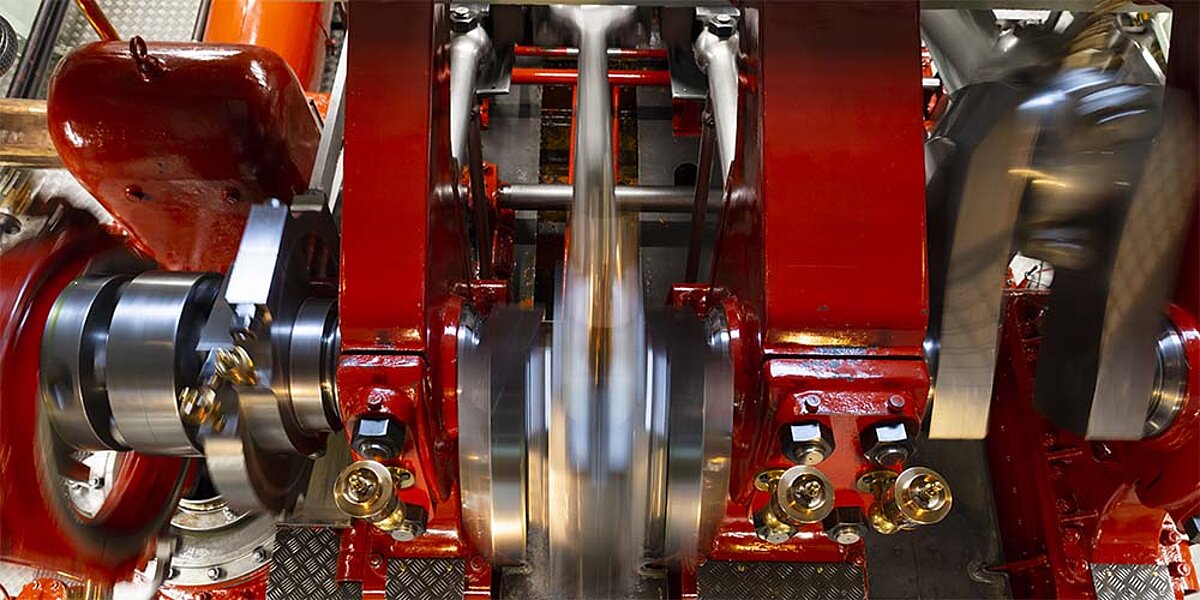Dynamics

Dynamic calculations
Dynamic calculations are used to describe the response of a structure to time-varying loads.

Merkle & Partner Analysis method of dynamics
Modal analysis (natural frequency determination)
A natural frequency of a vibrating system is the frequency at which the system can vibrate after a single excitation.
If damping is neglected, the natural frequencies coincide with the resonant frequencies of the system.
If such a system is externally forced to oscillate at a frequency coincident with the natural frequency, the system will react with particularly large amplitudes, which is called resonance or, if destructive effects occur, resonance catastrophe.
The determination of natural frequencies is done computationally as a eigenvalue problem.
Harmonic Response, Frequency Response Analysis
The response of a system when excited by a harmonic load can be determined as a function of frequency via a so-called harmonic response analysis. This corresponds mathematically to a test on the shaking table with a sine sweep.
Shock analysis, shock
The response of a structure to an impact or shock can be determined using an impact analysis. The load is specified here as a time function (e.g. half sine).
Random analysis, random vibration, spectral analysis, noise
The response of a structure to any time-varying load can be determined by spectral analysis. However, the temporal information is lost in this process. The energy density within a frequency band is given as input and the response of the structure is determined by a conservative superposition of the individual oscillation modes.